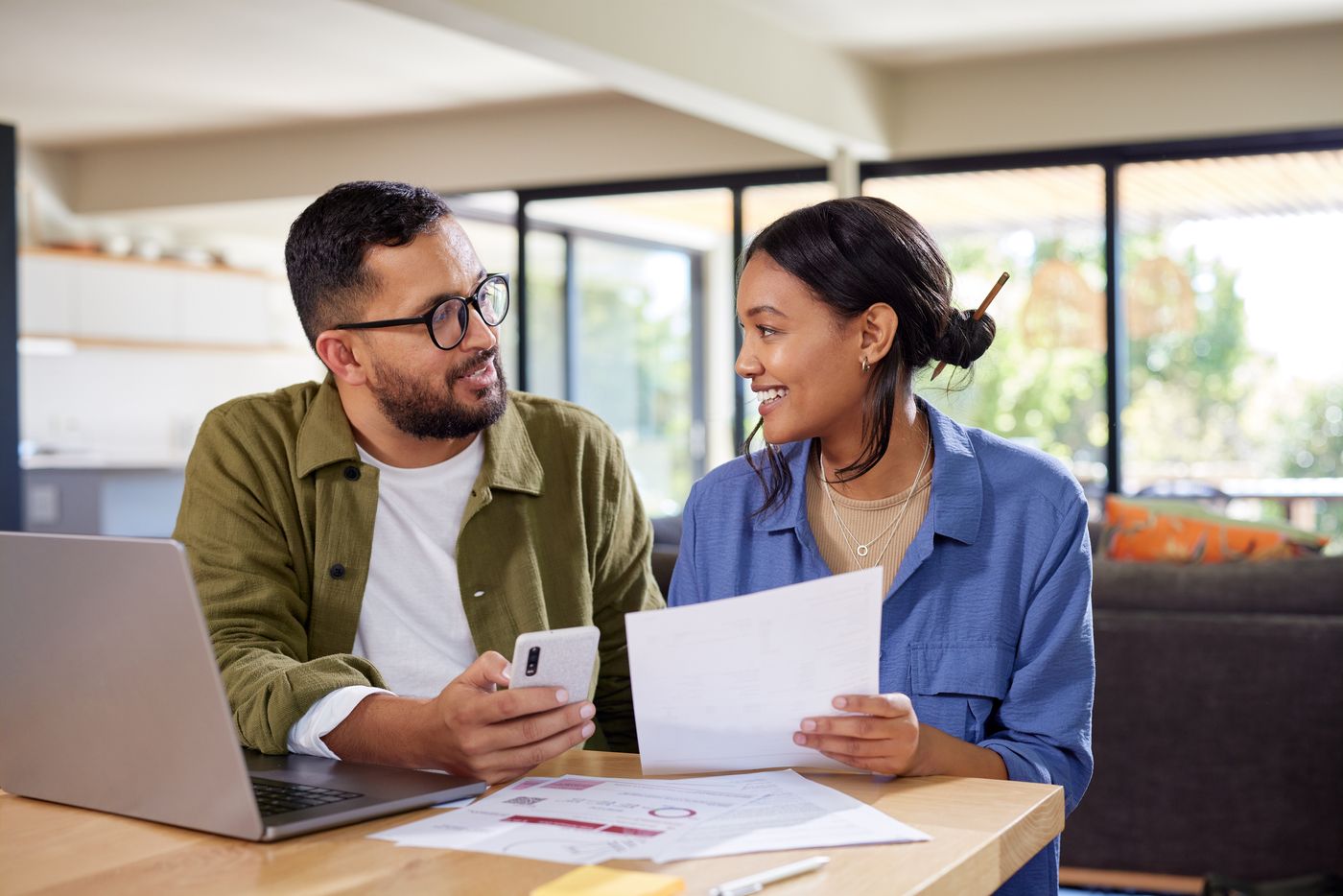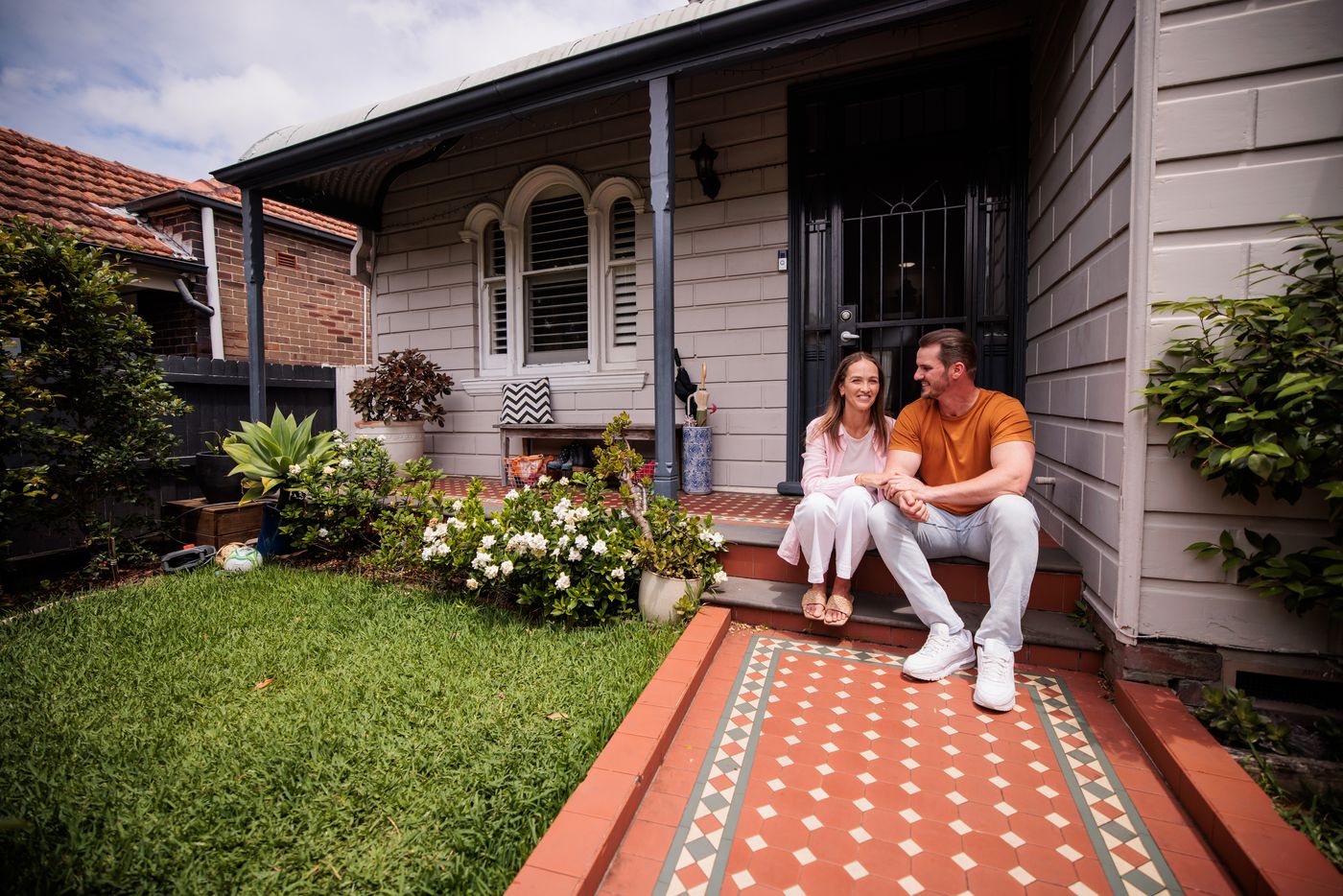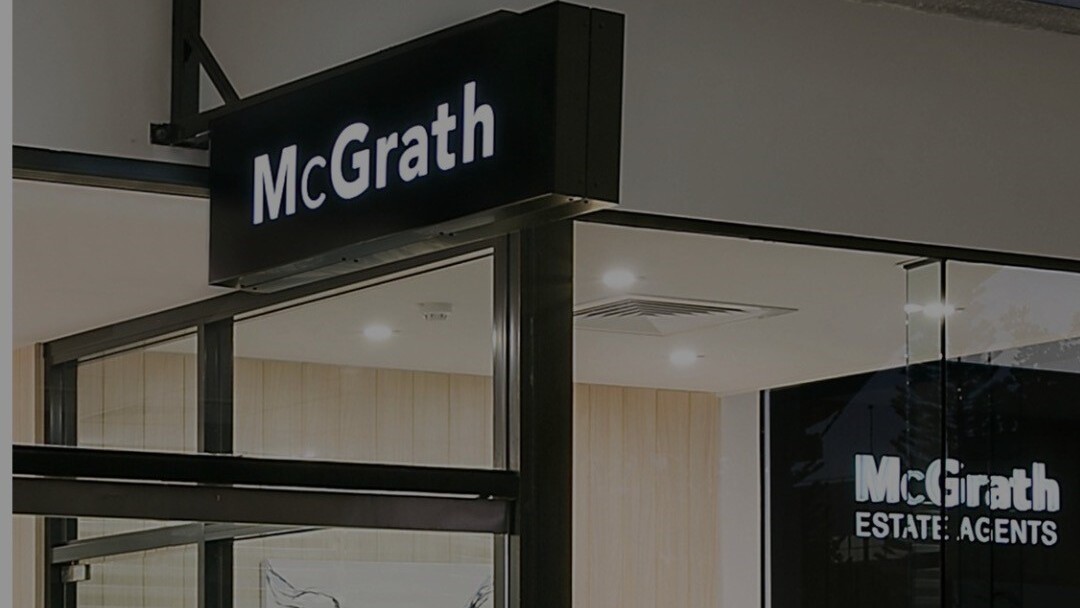How to unlock equity to buy property – John McGrath
It’s no secret that property values continuing to show steady growth on the increase in Australia. For homeowners, this increase not only means excellent capital growth but also a strong chance of higher equity, enabling you to buy a second home.
But how can you use equity to buy another property? Let’s take a look.
How equity can help you
Put simply, equity is your property’s current market value minus the amount you still owe on your loan. Or as Westpac states on their website: “Imagine that you sell your current home or investment property today and pay off your mortgage in full – equity is the amount of money you’d have left over.”
Westpac also points out that both mortgage repayments and market value increases help to build up your equity over time. Considering the tight seller’s market that we’re currently experiencing, I’d like to focus on the latter here, although the former point is certainly just as significant.
This is particularly important when it comes to equity and capital growth. It’s true that the two are closely related, with capital growth giving you some indication of your equity’s performance. But unless you’ve made regular repayments on your mortgage, even strong capital growth won’t help your equity.
Homeowners also need to consider that no matter how high their equity is, they will likely not be able to use all of it. Lenders will usually only hand over 80% – and not 100% – of your property’s value, before deducting your remaining mortgage balance. The resulting figure is called your “useable” equity.
Using equity to buy your second property
There’s a good reason why many homeowners use their equity to purchase a second property, and especially an investment one. These funds can go towards a deposit, or other purchase and repair costs.
In this way, equity is a strategic way to build wealth, ensuring you don’t need a large sum of cash when beginning a new loan; instead, your equity works for you as secure collateral for your next property and potentially, several more properties in the future.
Some homeowners also use part of their equity to renovate their current property – which will in turn, increase their equity again.
How to access equity
Accessing equity usually may mean you’ll need to take out a second home loan. Otherwise known as a home equity loan, your equity will act as secure collateral on this additional loan.
This also means that just as they did with your initial loan application, lenders will once again examine your loan serviceability including your income, expenses, age, and other liabilities.
Two other options include a home equity line of credit (HELOC), which is like a credit card in that you can borrow and repay funds as you need them. Or, you could try cash-out refinancing. Sometimes called a home equity release, this option basically means you replace your current mortgage with a larger one and receive the difference in cash. The larger mortgage you take out will cover your initial loan and the extra funds you need.
Ups and downs of equity access
Ideally, second home buyers should find that the financial benefits equity access far outweigh the risks. But utilising these funds will increase your debt size, and the time you’ll spend in debt.
So before you approach a lender, it’s important to consider the short and long-term risks and benefits of this idea. Ensure you have a strong back-up plan, along with back-up funds. None of this means you shouldn’t utilise your equity, but it pays to be practical and obtain good advice.

By
John McGrath
October 26, 2025
3 min read
Share this Article


.jpeg)

